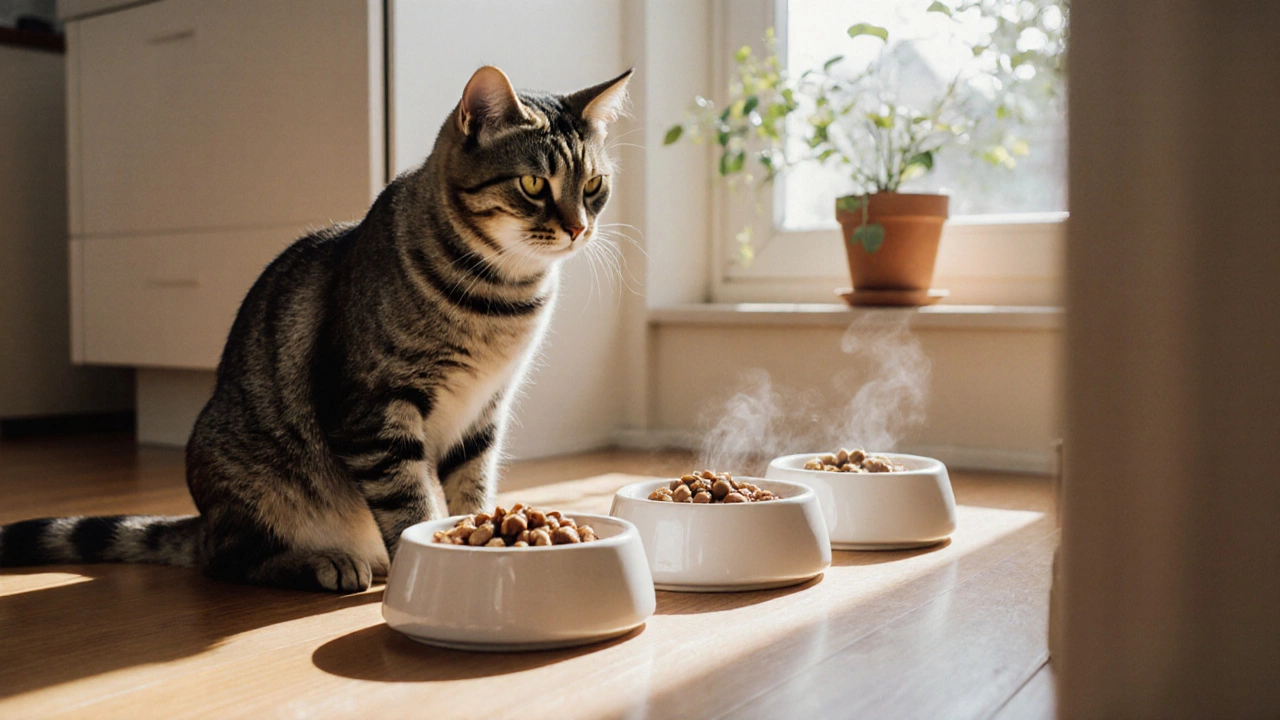Cat Meals Per Day: Finding the Right Feeding Routine
When planning cat meals per day, the number of times you feed your feline each day. Also known as daily cat feeding schedule, it sets the pace for your cat's energy, digestion, and overall health. Understanding this routine helps you avoid over‑eating or under‑feeding, which can lead to weight swings or digestive upset.
Key factors that shape a cat's daily meals
Proper cat nutrition, the balance of protein, fat, vitamins, and minerals a cat needs is the backbone of any feeding plan. Wet cat food, moist meals that boost hydration and are easy on the palate often works well for cats who drink little water, while dry cat food, kibble that supports dental health and offers convenience suits owners who need a stable, long‑lasting option. The choice between wet and dry influences how many meals you serve: wet food is typically portioned smaller but more frequently, whereas dry food can stretch across longer intervals. Cat meals per day therefore depend on the type of food, the cat’s age, activity level, and any health concerns.
Feeding frequency and portion size are linked; a kitten might need three to four small meals, while an adult indoor cat often does fine with two measured servings. Senior cats or those with health issues may benefit from more frequent, smaller meals to aid digestion and maintain weight. By matching the right food type with an appropriate schedule, you create a consistent routine that supports stable blood sugar, healthy weight, and a happier companion. Below you’ll find articles that dive deeper into feeding tips, compare wet versus dry options, and explain how to tailor meals to your cat’s unique needs. Ready to build a feeding plan that works for both you and your feline? Continue reading for practical advice and expert insights.

How Many Times Should You Feed a Cat? Expert Guide to Feeding Frequency
Learn the ideal number of meals per day for kittens, adults, and senior cats, how food type affects timing, and practical steps to set a healthy feeding schedule.
View more